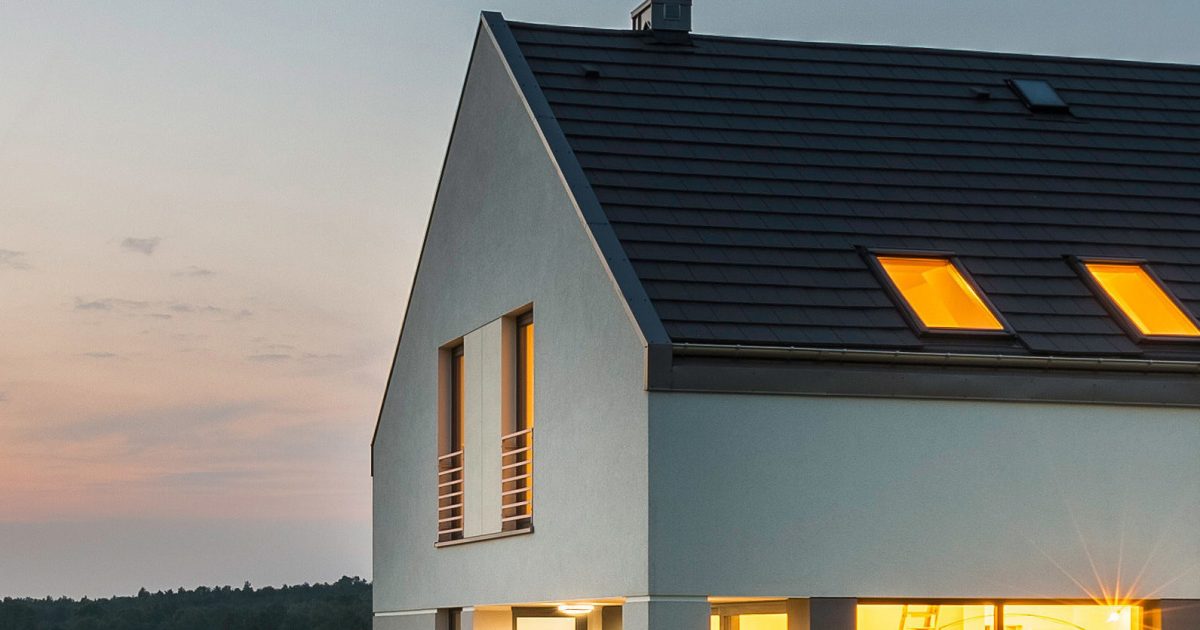The IOUs want to be the one to implement the DER. So I guess we're all for a DER, we just aren't aligned on who should benefit from it and who profits from the DER.
The author of Zabe's article (Bornstein) is a Boomer who is paying peanuts for taxes on his Orinda, CA home. "Fair share" my ass... I don't see him railing on Prop 13. He's got what he's wanted out of his home and investments. His home is surrounded by trees so he's never thought about getting solar. And now he's applying the mindset that people much younger than him can get bent because he believes the IOUs can invest more smartly than homeowners.
This is why I don't understand why policymakers are all in their 60s and 70s. McDonalds wouldn't even trust order-taking for a happy meal to someone in their 60s. And we have people in their 60s influencing billions of energy policy that affects millions over decades.
What I don't get, whether these people are boomers or not, is the analysis which one could think all five members of the CPUC could understand.
I'm in LADWP territory, and there, the peak v. non-peak charges seem to me to roughly correspond to (1) a grid charge and (2) a charge for the electricity, because electricity is slightly more expensive during peak, so is LADWP's charges, like 19 cents to 23 cents.
Why the IOUs can't or maybe the word is "don't" do this is something maybe Zabe or whomever can answer, but their form of volumetric pricing plus -- what should I call it? -- penalty peak pricing? -- is the cause of many problems.
Being an electric utility is like being McDonalds if all McDonalds sells is one item, Quarter Pounders. McDonalds does exactly what you would expect, the price of a Quarter Pounder is what it is, regardless of the time of day and regardless of how much of a fat, Quarter Pounder eating pig you might be personally. You can order one Quarter Pounder or six Quarter Pounders and the price per Quarter Pounder is the same. Sure, McDonalds could have said, "hmm. .... we sell more Quarter Pounders at this time, let's charge double the price then." But McDonalds knows that if they did that, word would get around and no one would buy Quarter Pounders when the price was double. It is not that hard for McDonalds to just go look, based on our overhead, and the fact that we know we can sell whatever, a million Quarter Pounders a year, the price this year can be $5.42 or whatever.
This is where I get angry. Who are the IOUs kidding? They know that the ability of the entire user base to cut off air conditioning in a 100 degree day is basically non-existent -- but its priced as if people could actually elect to do so. Penalty Peak Pricing is not some clever move to get people to conserve energy, its fundamental to IOU pricing structure!
I'd would love to see a chart of IOU profitability
BY THE HOUR. During peak time profitability is off the charts.
So now, for the IOUs, the unthinkable occurs, the technology of rooftop solar and its costs gets to a point where alot of people start going for it. That means those people, are now doing what the IOUs knew would not happen,
actually decreasing revenue for the IOUs from the Penalty Peak Pricing phase of the day!!
They are the CPUC, they can actually force the IOUs to at least, behave more like LADWP, so I don't know why they would fall for the argument that rooftop solar is causing people who don't have it money. 


